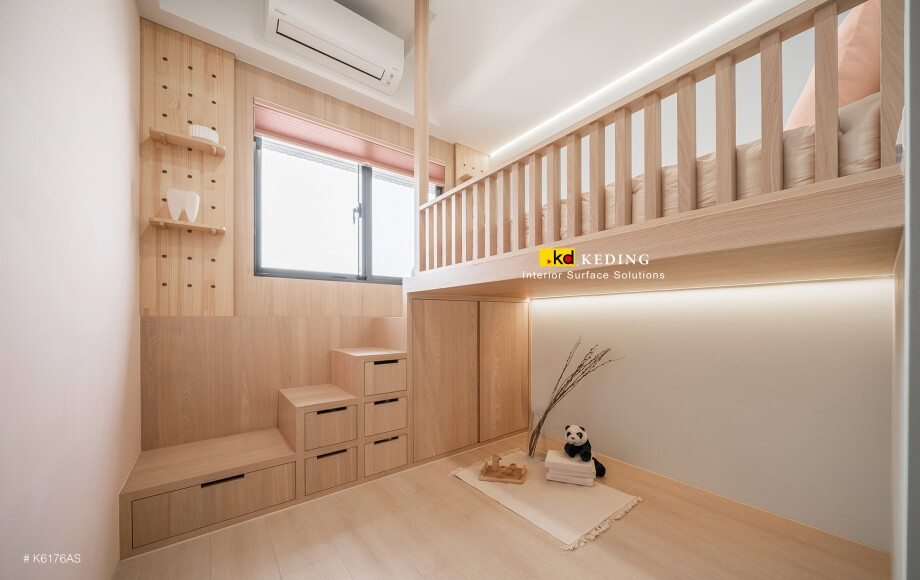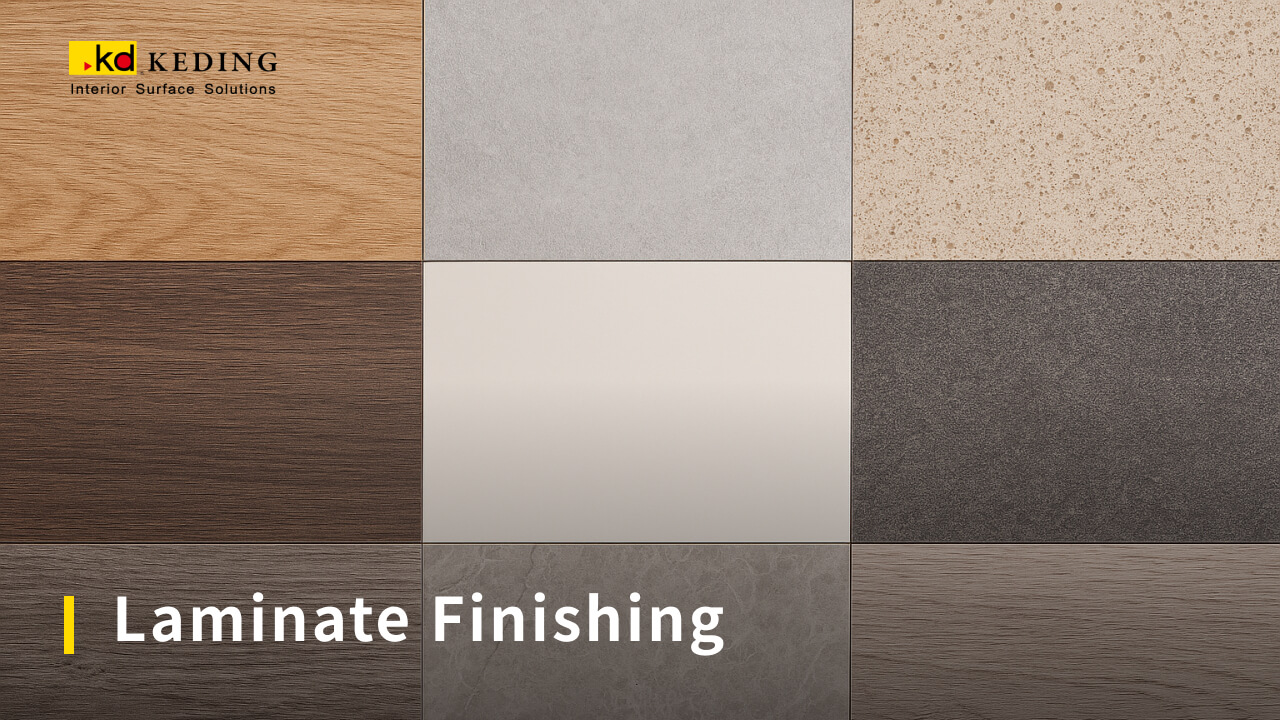A storm of food safety concerns has made everyone more discerning about the products they use. People now seek simplicity in product ingredients and demand transparency in their sourcing; the more natural, the better. However, beyond food, everyday items and environments closely linked to us may include factors that pose risks to our health. Formaldehyde, for instance, exists in various forms in our surroundings, often going unnoticed, causing us to overlook its potential harm.
Yet, by choosing products that undergo strict quality checks, with transparent ingredient listings, life can indeed be more comfortable and reassuring. It’s advisable to rinse surfaces with water first to reduce potential formaldehyde content and utilize cooking methods that allow formaldehyde to evaporate. By being a bit more vigilant when purchasing and avoiding cheap, obscurely sourced goods, you too can say no to formaldehyde!

Unidentified dried goods come with hard-to-control manufacturing processes.
At every stage of life, formaldehyde can lurk like a shadow.
Returning to a freshly renovated house, still smells like ‘new home,’ stepping into the kitchen to prepare ingredients just brought from the market, meticulously crafting delicious dishes to serve. Glancing at the clock on the wall, realizing guests will arrive in just an hour, rushing to the bathroom for a quick freshen up, donning the newly purchased dress, eagerly awaiting the arrival of friends and family to share the joy of the new home’s completion. Everything seems so blissful and perfect, yet unbeknownst to us, formaldehyde might have stealthily infiltrated every aspect of our daily lives, silently corroding the health of you and your loved ones.
The ‘new home smell’ is often the initial impression for many in a new house – a sharp odor with a hint of acridity, but often forgotten amid the excitement of a completed home. In reality, that smell is the trace of formaldehyde.
Prolonged exposure can lead to asthma, chromosomal abnormalities, disruptions in metabolism and the nervous system, significantly impacting children and pregnant women. It may even induce cellular mutations, escalating the risk of cancer, now classified by the World Health Organization (WHO) as a Group 1 carcinogen.
The devil hides in the details.
From furnishings, food ingredients, cleaning agents, clothing, and even skincare products, formaldehyde might be a constant companion in our daily lives. But what exactly is formaldehyde? When dissolved in water, it becomes the familiar formalin, often used for its preservative and germicidal properties. Trace amounts of formaldehyde exist naturally in the environment and pose no threat to the human body. However, unscrupulous individuals often add formaldehyde to seafood, soy products, and dried goods to bleach or preserve them, aiming to enhance appearance or extend shelf life. As a result, formaldehyde ingests with the food and gets absorbed by the body.
Beyond food, chemicals containing formaldehyde are commonly utilized to dye or stiffen new clothes, ensuring brighter colors or a crisper look. Additionally, preservatives containing formaldehyde are prevalent in everyday cleaning agents, shower gels, or cosmetics, extending their expiration date . Upon using these formaldehyde-laden products, consumers might experience skin allergies or inflammation. Moreover, when formaldehyde disperses into the air during use, individuals might unknowingly inhale excessive amounts over time, leading to severe health risks.
Don’t let your home become a formaldehyde haven.
Throughout a person’s life, about 90% of the time is spent within buildings. Residing in spaces high in formaldehyde poses far greater health risks than everyday items and food. Yet, while we prioritize diet and attire, we often overlook the quality of our living spaces. This mindset has contributed to a range of building materials flooding the market, some being low-cost and of poor quality. Beneath their attractive designs and décor, these materials might continuously emit excessive amounts of formaldehyde, lingering for decades.
To safeguard public health, Taiwan, like Japan, has established stringent formaldehyde emission standards under the CNS specifications. Contrasting the European EN 120 standard, where E1 equates only to Taiwan’s F3. Moreover, the EU standard only reaches the E1 level; terms like F0 or SUPER E0 found in the market are essentially marketing inventions aimed at attracting consumers.
KD deeply understands the necessity of a healthy living environment, starting with toxin-free building materials. Therefore, KD has exclusively developed high molecular deconstruction technology, ensuring all KD wood panels comply with the CNS8058 national standard, achieving the highest F1 grade. We advise consumers to opt for health-certified green building materials, verified under the F1 standard when purchasing construction materials and demand certification from manufacturers. Formaldehyde is an evasive substance; thus, while many building material companies claim their products are formaldehyde-free, it’s not always the case. Even if you purchase wood panels with nearly zero formaldehyde content, cross-contamination might occur due to formaldehyde present in offcuts, substrates, or adhesives. To eliminate formaldehyde, utmost caution is necessary in the selection of various materials.
►KD has undergone multiple tests and certifications, ensuring quality assurance.

Image Courtesy / Luen Space Design
Be a bit more mindful, live a bit more peacefully.
For everyday items, it’s advisable not to immediately wear newly bought clothes. Instead, soaking them in water for half an hour before washing and air-drying can reduce residual formaldehyde, preventing discomfort from skin contact. Additionally, due to formaldehyde’s low boiling point of only 19.5°C, cars emit formaldehyde from seats and dashboards after exposure to sunlight, filling enclosed spaces with free formaldehyde. It’s recommended to open car windows before starting the engine to facilitate ventilation and effectively lower formaldehyde concentrations.
When it comes to daily cleaning or bathing products, don’t solely consider price; opt for products certified with national standards. As for food consumption, never purchase items with unknown sources or chemical odors, and avoid excessively bleached ingredients that lose their natural color. Similarly, before cooking, it’s advised to rinse ingredients with water to reduce potential added formaldehyde and use cooking methods that allow formaldehyde to evaporate. Simply by being a bit more attentive while purchasing, avoiding cheap or obscurely sourced goods, you too can say no to formaldehyde!

Non-toxic building materials create a more reassuring living space.
Image Courtesy / COMEBANK




